RENDEZ-VOUS IN A MUSEUM
- Marina Chaffanjon
- Mar 2, 2019
- 8 min read
Updated: Jan 29, 2021
Paris is an open-air museum where buildings, bridges, lights and the Seine amidst it all form one single landscape that is so beautiful that you can spend hours admiring just this urban beauty. However, Paris is also a city OF muséums (more than 73 in the capital only and even more in its surroundings). Having lived in the French capital since almost 5 years as an expat, I have visited a large number of them and decided to talk in this article about the few ones that I really enjoyed.
The Americans have Steve Jobs - the French have Pôle Emploi
I have a chance (although this is a controversial issue as this is perhaps the only advantage of my situation) to have a "sesame" of a free or discounted entry to almost all French museums "thanks" to being unemployed. As they say in France, the Americans have Steve Jobs - the French have Pôle Emploi (pronounced as "Paul Amplua"). Pôle Emploi is a French governmental institution which provides training and financial aid for the unemployed and helps them find jobs. Unemployed people in France benefit from certain privileges, the "sesame" as I tenderly call it, being one of them. Considering the fact that since we settled in Paris in 2016 I have been unemployed three times, I'm now almost an expert in Parisian museums. There was even a moment when both the Chef and I were without a job and we decided to spend one week under the slogan "One day - One museum".
There are however so many of them, that it is impossible to talk about them all in one article. I leave the big unmissable ones, like The Louvre, Musée d'Orsay and Pompidou, up to you, these are the must ones. However, if you have plenty of time in Paris or you have already visited the big ones during your first visits of the capital, why not trying something new? Below I grouped just a few museums that I personally like, but there are so many many more, dedicated to these and other themes, that I almost feel embarrassed about trying to squeeze the enormous richness of Paris in a few lines.
Museums of Beauty (in a very large meaning)
I work in luxury marketing and live in the world capital of beauty, fashion and luxury, so it is no wonder that I LOVE to visit museums and exhibitions whose main theme is "beauty". When I say "beauty" though, I'm just trying to make an attempt to unite in one word museums of fashion and fragrances. Obviously, this is a very generic term.
This is THE Museum of Fashion in Paris. It is quite small though and only opens its doors for temporary exhibitions. At the moment the museum is closed till the end of 2019 for expansion. At normal times not only does the museum organise exhibitions in its walls, but also outside. For example, I have been to a very interesting exhibition of Christobal Balenciaga's haute couture "Balenciaga, L'oeuvre Au Noir" organised at the Museum Bourdelle, where couture was embracing sculpture in a very surprising way. The building itself by the way is splendid.
This is not just the only museum dedicated to the art of a famous couturier in Paris. This is not just a museum for the fans of the famous couturier. For me, this is a museum where you can admire beautiful fabrics, meticulous hand work and endless imagination. I once brought there a friend of mine, a man, who was as far from fashion as a man could be, and he loved it as an architect fond of art and refined materials. I have been to the museum three times now and I guess I will come yet again because apart from the permanent exhibition, there is a temporary one that changes every few months.
There used to be a wonderful private museum of fragrances that opened its doors for a couple of years and then closed again. It would be a shame though if the capital of the country of perfumes did not have its museum dedicated to fragrances. Apart from this one, there is only one in Paris and I also like it a lot - Musée du Parfum sponsored by the brand Fragonard. The museum is small and shows on two floors the industrial process of making fragrances, as well as the collection of beautiful historic perfume bottles. On the positive side though is that the access there, as well as a guided tour is free. At the end of your visit you can also do some perfume shopping at their vast boutique.
"Private Hotel" Museums
I love the museums that are in essence just the renovated house of some famous people. By wandering in these "house-museums", you always have an impression of traveling in time while being invited personally by this extraordinary person. Sometimes it is not even so much about the person who used to live there, but the house itself - the collection of art and craftsmanship pieces made over years by its owner. In French these mansions are called by a sophisticated name "hôtel particulié" - private hotel, and indeed, they are much closer to five-star hotel palaces than ordinary houses.
This museum contains the largest private collection of art, but I particularly fancy it for another reason - the love story of its owners, a very rich protestant heir Édouard André and a Catholic painter from a modest family Nélie Jacquemart who shared the love for art. Childless, they dedicated their life to their art collection. Once Édouard dies, his wife first embarks alone on the trip around the world (mind you, in the XIX century it is not an easy travel!) and then decides to gift the whole house with its entire art collection to the Institute of France and writes a testament where she gives detailed instructions for converting her home into a museum. The museum has also a lovely café, which is a great place to read (read the article "Where to read in Paris in winter") or to have an afternoon tea with your girl friends.
This museum is one of the MAD sites (Museum of Decorative Arts in Paris consists actually of 3 museums), but it is also very similar from an amateur's point of view to the Jacquemart-André Museum with two major differences: it contains only the collection of the French art of the XVIII century and the building itself is a relatively modern construction dating back to 1914. What is unique about it is that you can find here the comfort of a XX-century luxurious mansion with an elevator, a large and functional kitchen and even a bathroom exhibited to the public, side by side with Barocco pieces of art. The story of De Camondo family is very dramatic. The son of Moïse de Camondo Nissim died during the First World War and the devastated father then too decided to gift his house with its art collection to the French government. Despite the credits of this jewish family, Moïse's only daughter Beatrice, along with her whole family, disappeared in the Nazi camps during the Second World War, leaving the De Camondo family with no heirs.
Strictly speaking, this museum is not even located in Paris, but in its close suburbs, in Boulogne-Billancourt. Currently being renovated, they will be open again to public in September 2019. I was lucky though to visit them before the big renovation and keep a very good memory. Albert Kahn was a banker and a philanthropist and collected the largest in the world collection of autochromes. He was a traveler and was extremely open minded for his time. Traveling around the world, he witnessed different lifestyles and cultures that he documented in the form of autochromes and black and white films that he called "The Archives of the Planet". He believed that a better knowledge of other countries and cultures could prevent bloody conflicts. However, this museum is known first and foremost for its gardens spread over 4 hectares. Again, with this international vision, Albert Kahn untied on his land French, English and Japanese gardens in a perfect harmony. During the depression years in the 1930s the ruined land owner had to sell his gardens to the French government and they became public even during his life.
History and Nature museums
Unlike beauty and luxury sphere, I have no professional background in sciences or anthropology, but I am simply curious about the nature, and the Man. I know, this sounds very large, which is why I think the museums that set as a goal to show you LIFE aim very high and deserve a merit at least for trying.
After six years of renovation works, the museum on the Trocadero Square has reopened its doors. I have never had a chance to see it before its closure, but the huge investment done in its modernisation is evident. It is full of interactive features allowing you not only to see them, but to also talk to, hear, touch and watch them move. The museum tries to answer the questions of who we are, where do we come from and where we are going to from the anthropological, biological and cultural points of view with a special accent on the equality of races and biodiversity. I must have missed this class at school, but for me personally a big discovery was to learn that actually Man is not the descendant of Monkey ! Another exposition object that attracted my attention was a very realistic resin tongue of 3.50 m high where one enters to hear the songs of the world. The summit of the visit is the view that you get from the museum to the Eiffel Tower as it is placed at the Trocadero Square in one of the two monumental buildings framing the tower and overlooking the Seine.
Just on the other side of the Seine is the museum of indigenous art and cultures of Africa, Asia, Oceania, and the Americas. I have been there three times for different temporary exhibitions and every time I leave this place enchanted. Despite a very modern design of the building, here not only do you travel in time (although this can be a false impression as these arts are in some cases typical of indigenous peoples' cultures even nowadays), but you also travel around the world. For some reason these both primitive and technically elaborate statues of phallic symbols or women's bodies symbolising the beginning of life attract me a lot. The museum has its own garden, both in front and behind the building, and a rooftop, that serve as the sites of a nice terrace café Jacques (the dedication of the museum, as well as the café comes from the name of the former French President Jacques Chirac who initiated the opening of this museum in 2006) and a chic panoramic restaurant Les Ombres with one of the best views of the Eiffel Tower in town.
Here, I'm talking about a part of the museum, Great Gallery of the Evolution located in the Jardin des Plantes Garden in Paris. Unlike the other museums in this category, this one is a lot less "modern", but its enormous collection of stuffed animals, birds and dried insects is stunning and timeless. For the lovers of interactivity though there is here the unique in France virtual reality room, but I still have it on my "to see" list. It is probably more of a museum for kids rather than adults, but it is great to get lost in this beautiful gallery of the beginning of the XX century architecture, imagining yourself in the Jurassic Park.
Paris indeed is a treasure for museum-lovers - there are so many of them and for any taste, that you can take years investigating everything it has to offer. But Paris is also rich in beautiful architecture, stylish people and charming cafés, so unless it is raining, rather spend outside than in a museum, even the most interesting one!







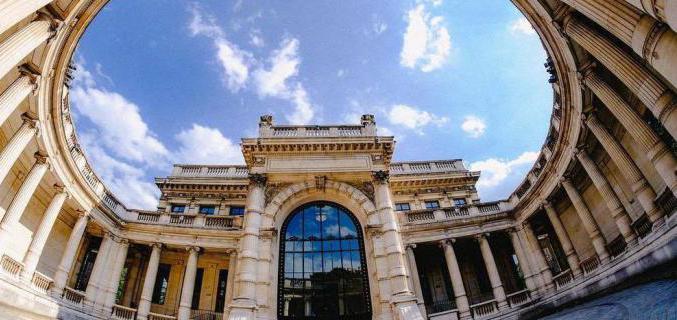




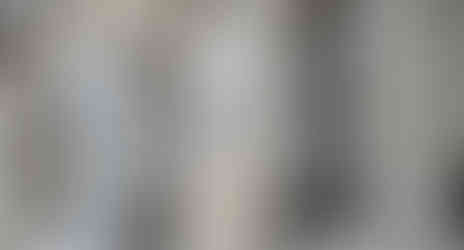




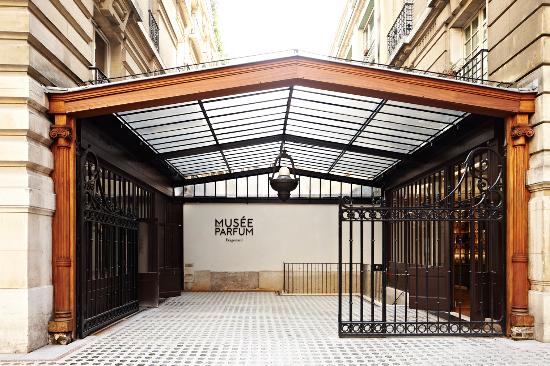





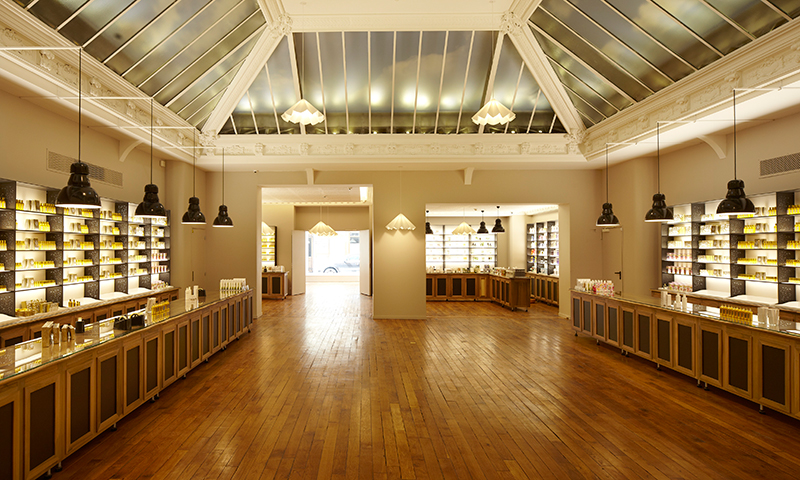

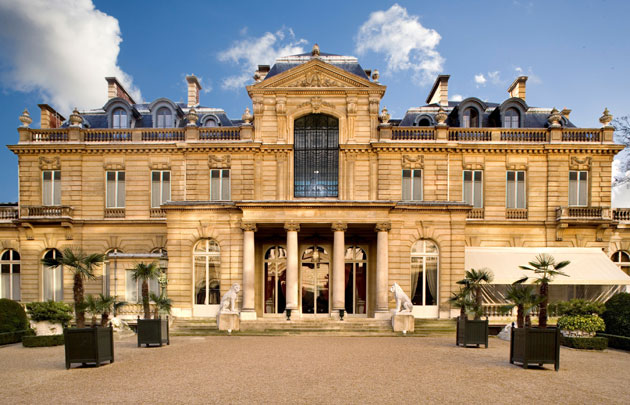



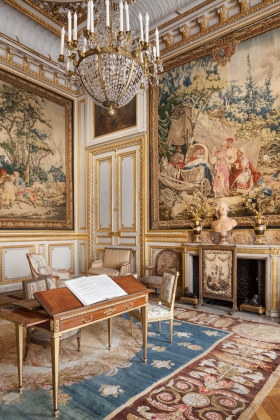

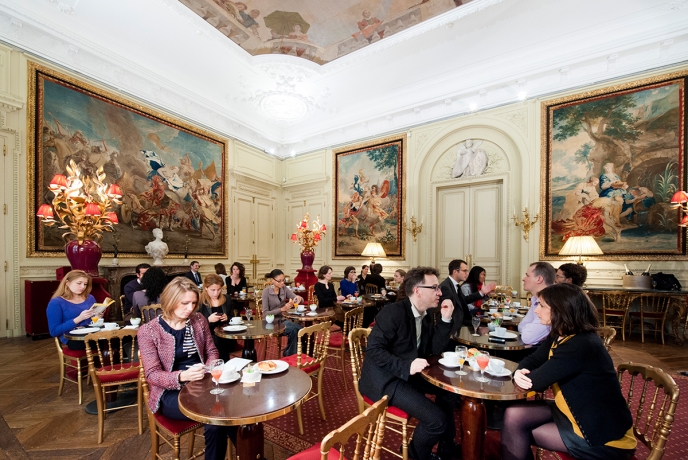
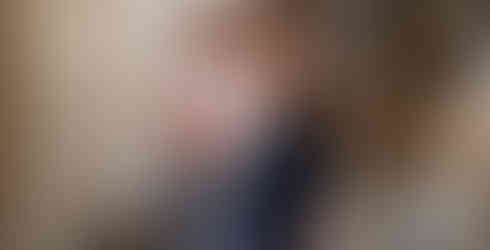


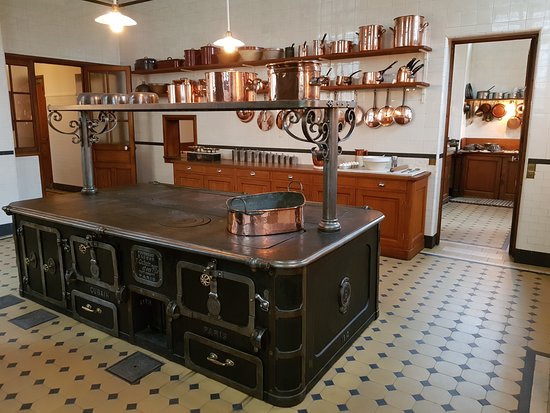
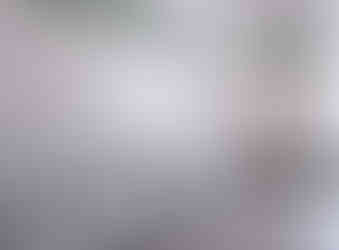





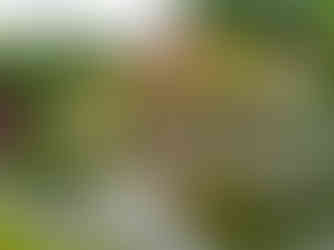














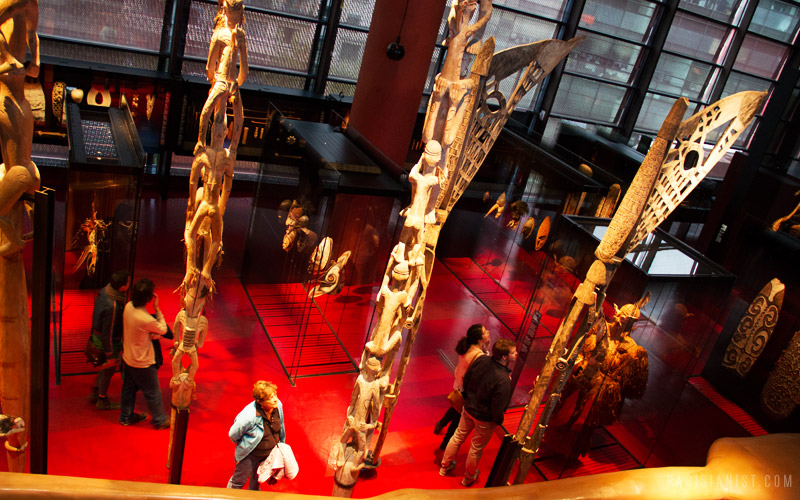

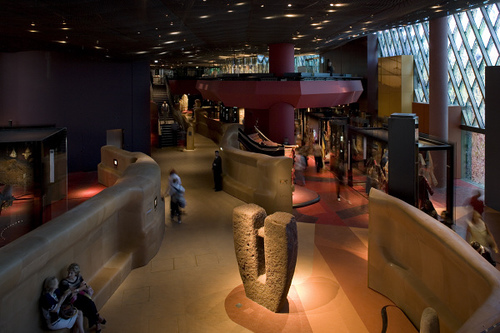









Comments